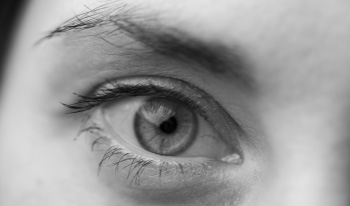
Color accuracy is essential in digital imaging for Cultural Heritage when reproducing an object into digital format. As a practitioner in the field, curiosity rose as to what the long-term effects are of working in a low-light environment after chronic fatigue and strained eyes became the daily norm. Multiple literatures were reviewed to extract the groundwork of color vision in low light and what achieves proper and consistent information processing; however, there were no known specific studies for the impetus for this topic. This research aims to explore color vision in low light to recognize potential short- and long-term physiological vision changes. Studies uncovered multiple variables impact human vision when processing an image or scene. This paper investigates the structure of the eye by comparing human vision to the structure of a camera system, the processing of color in the retina, the recommended viewing environment for cultural heritage capture, different conditions that impact perception, and solutions for regular eye maintenance. As is often said, awareness is the first step to prevention.
Nora Ibrahim, "How Understanding the Primary Function of the Human Eye in Low Light Can Benefit Digital Imaging Operators" in Archiving Conference, 2024, pp 68 - 70, https://doi.org/10.2352/issn.2168-3204.2024.21.1.14
 Find this author on Google Scholar
Find this author on Google Scholar Find this author on PubMed
Find this author on PubMed